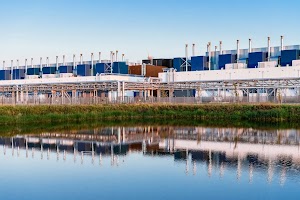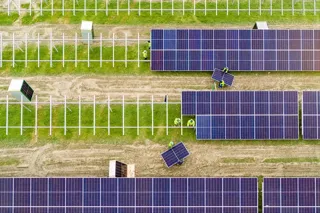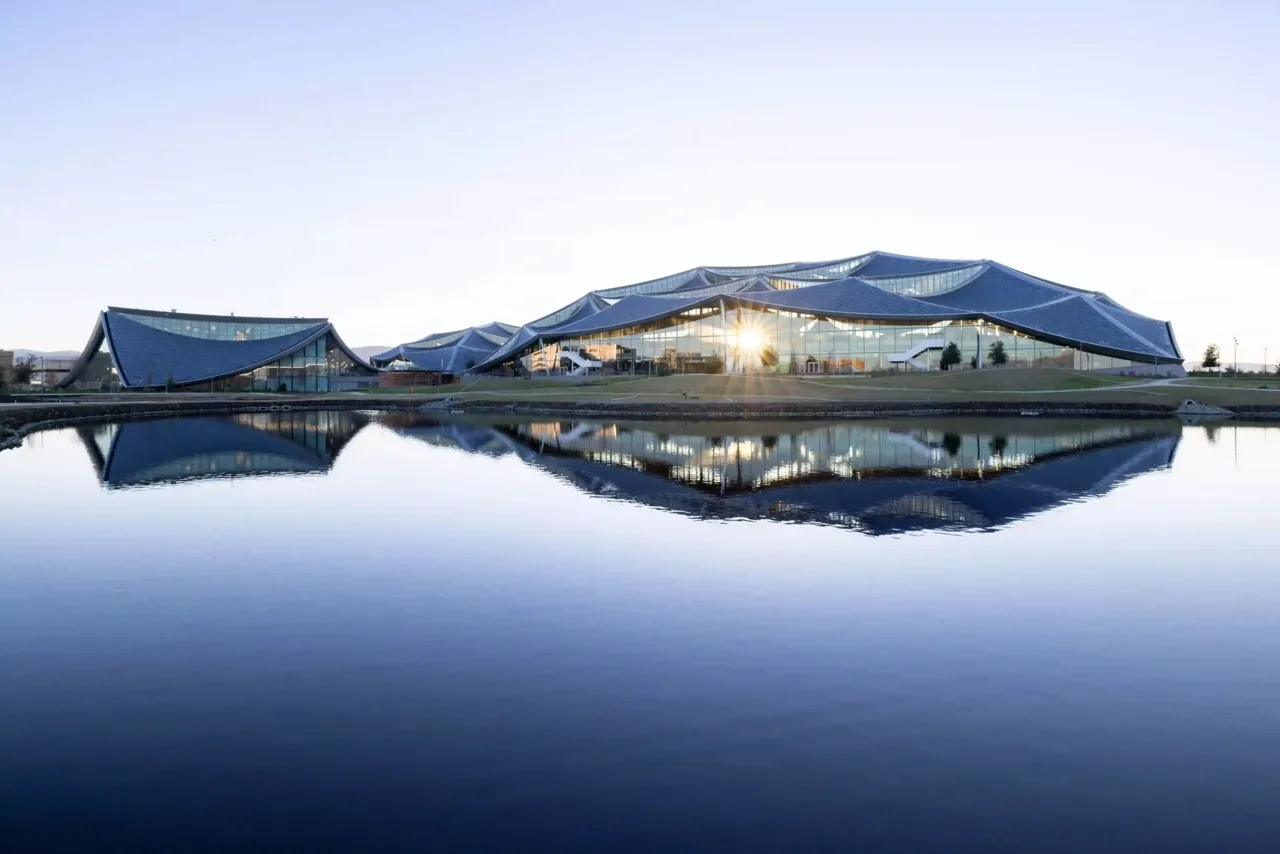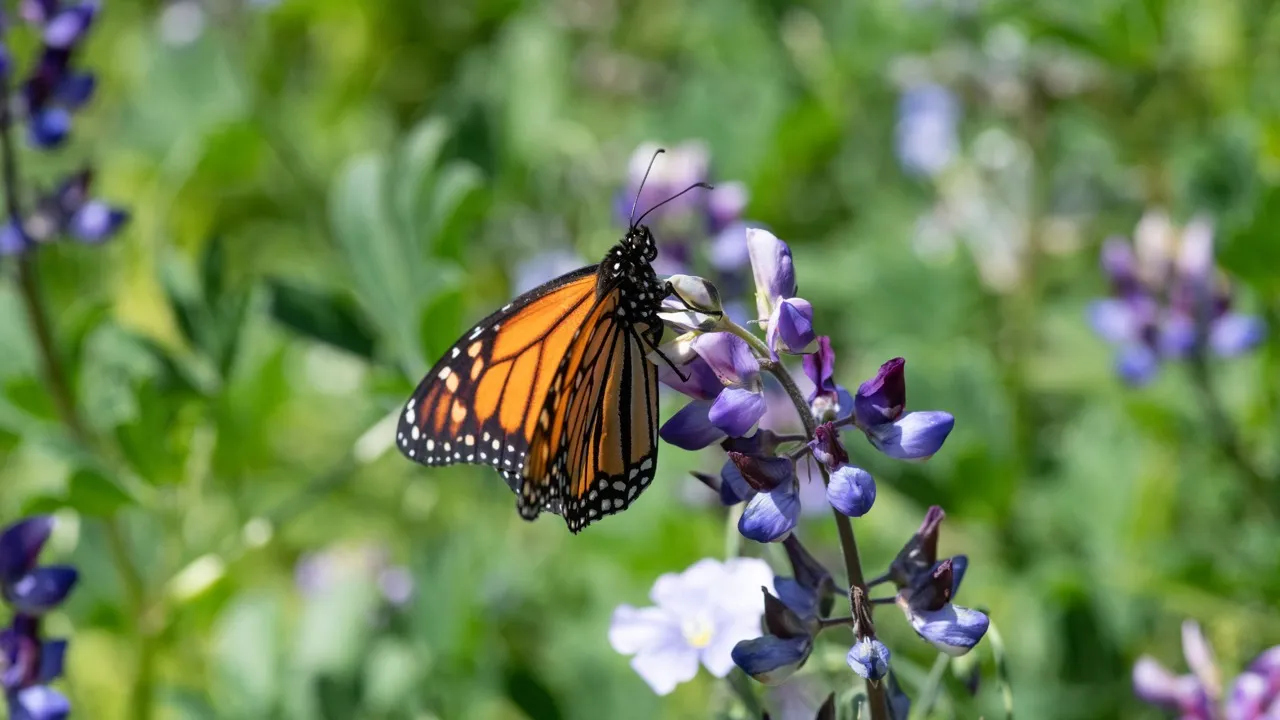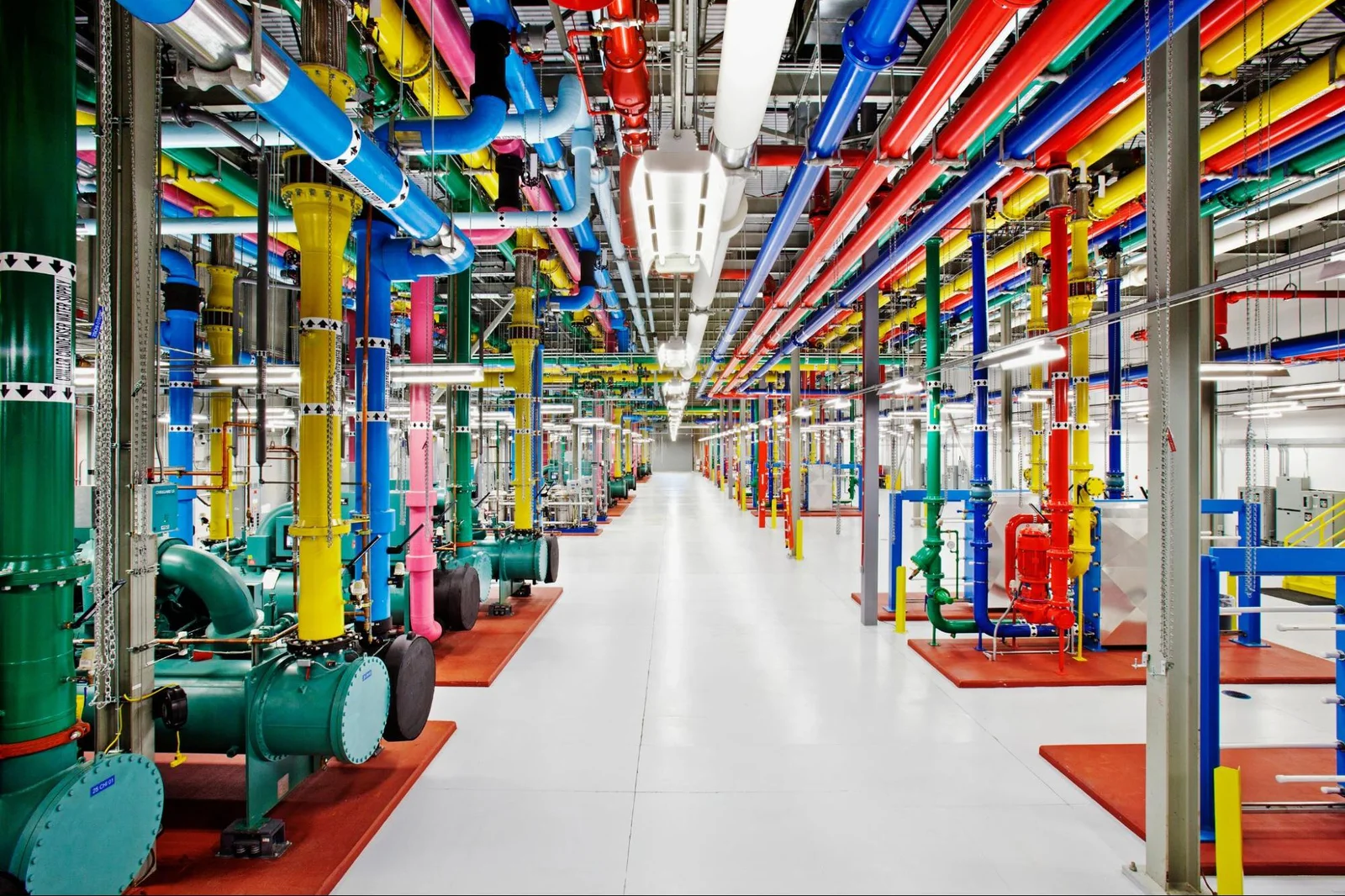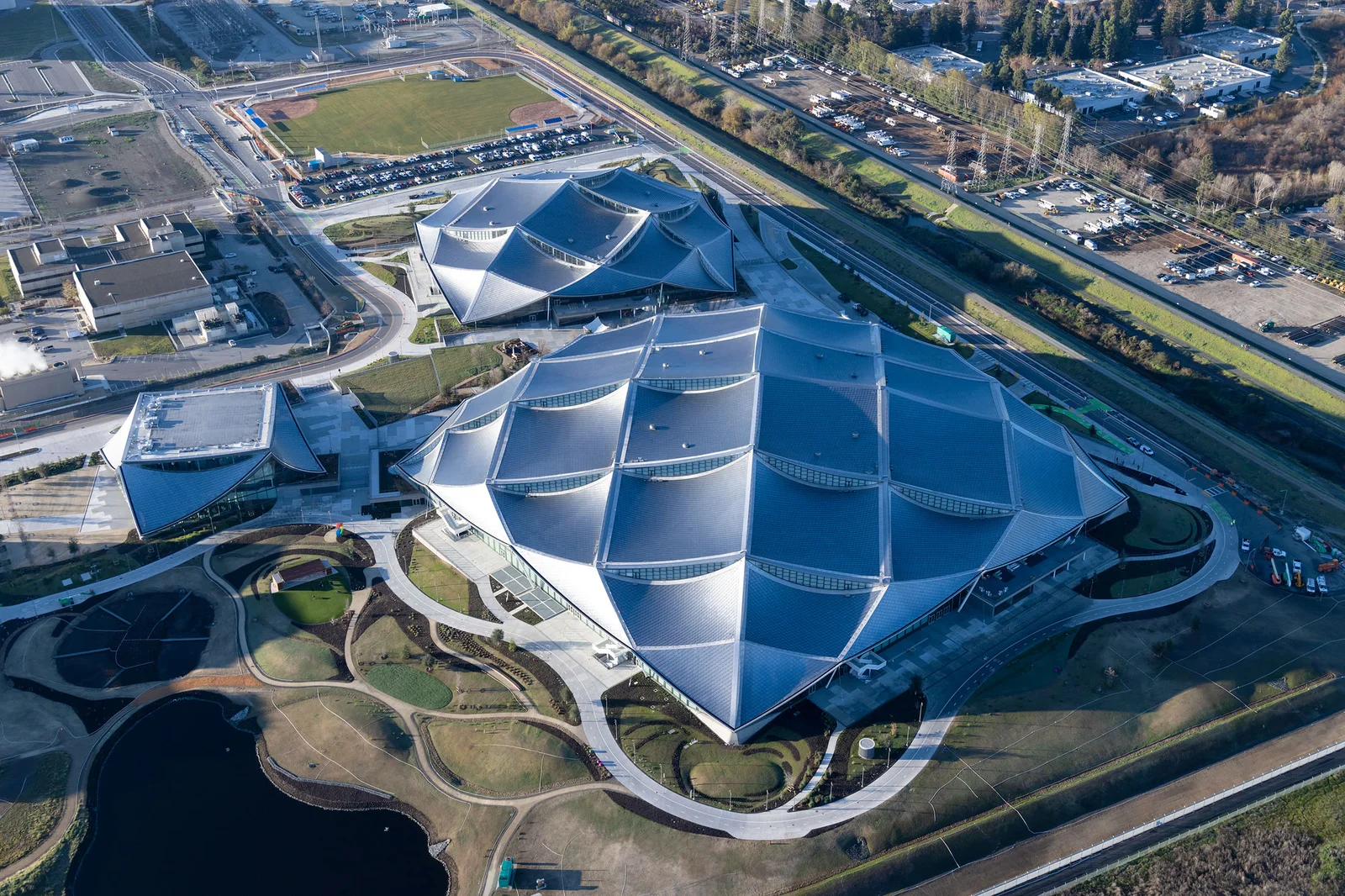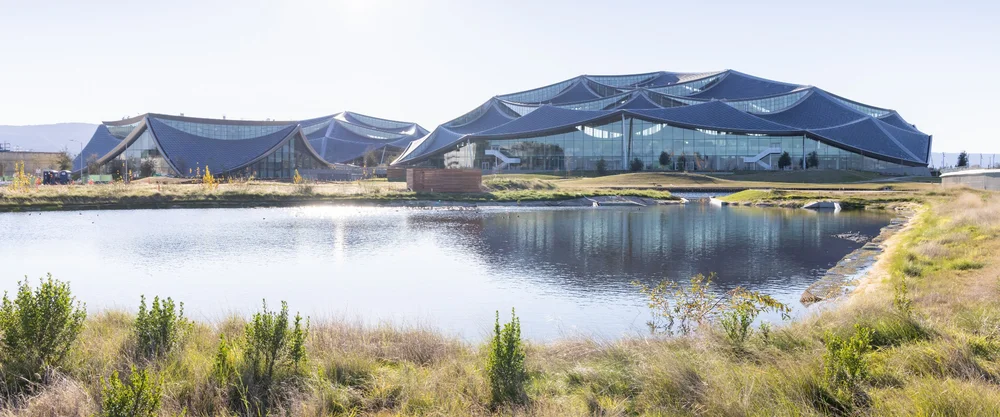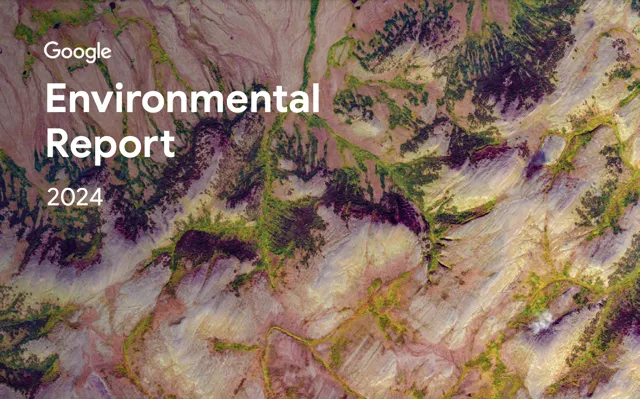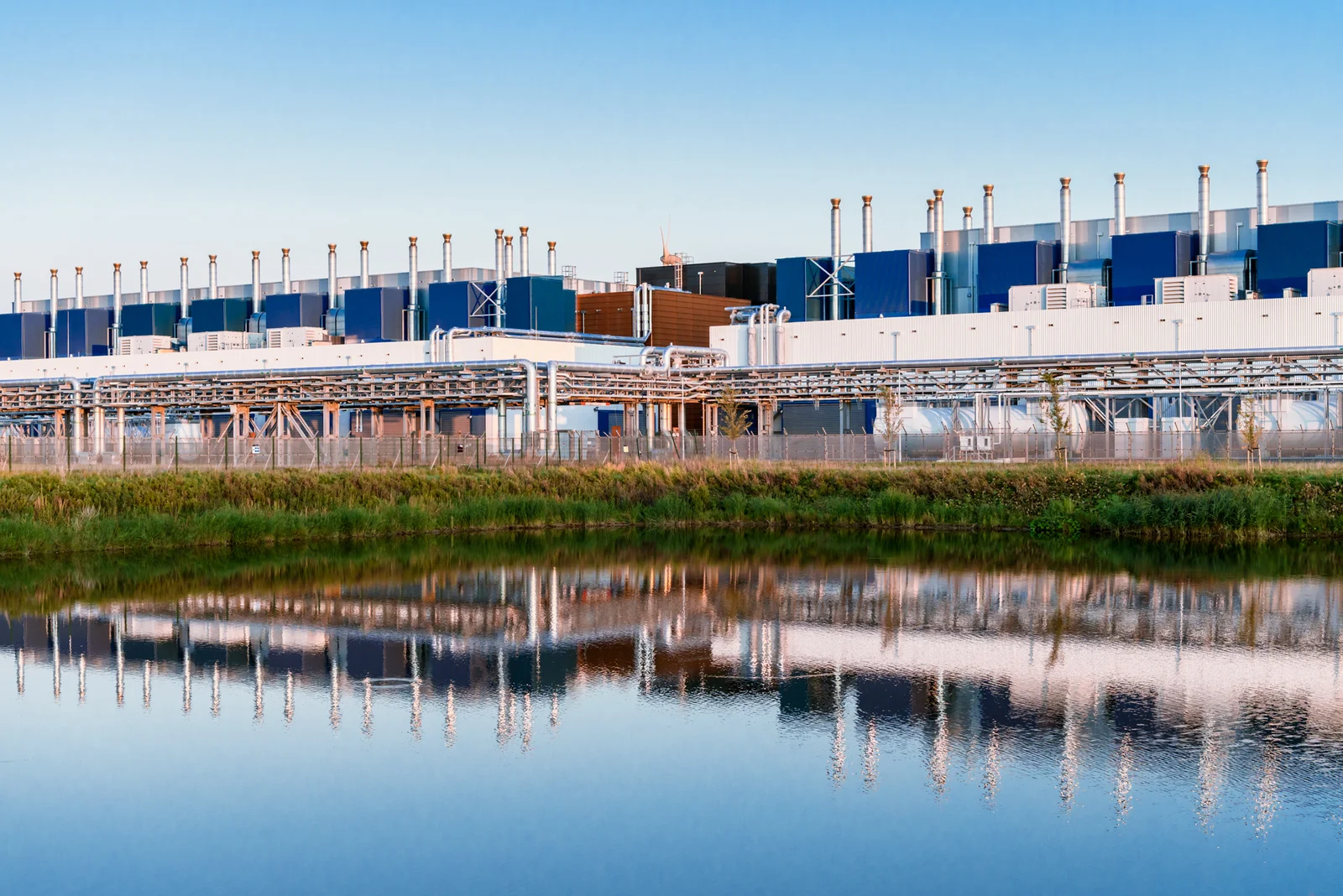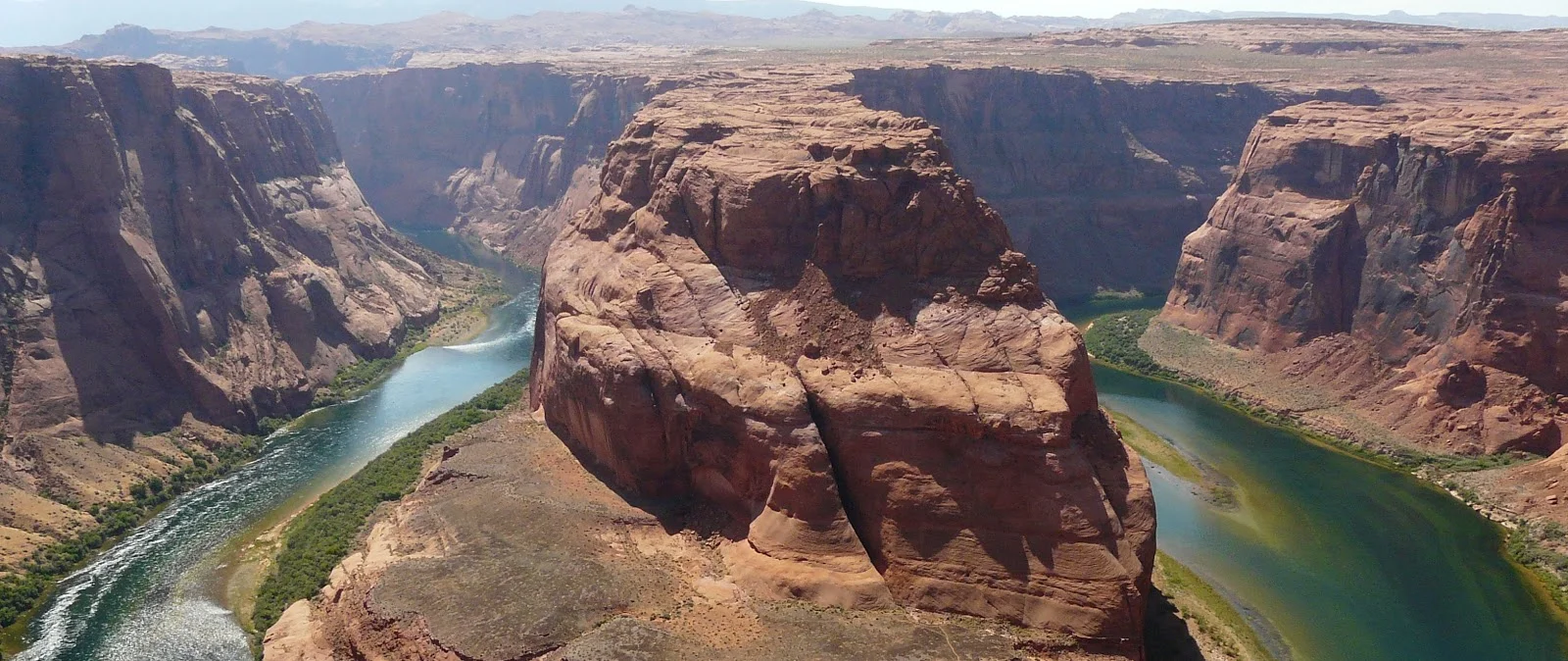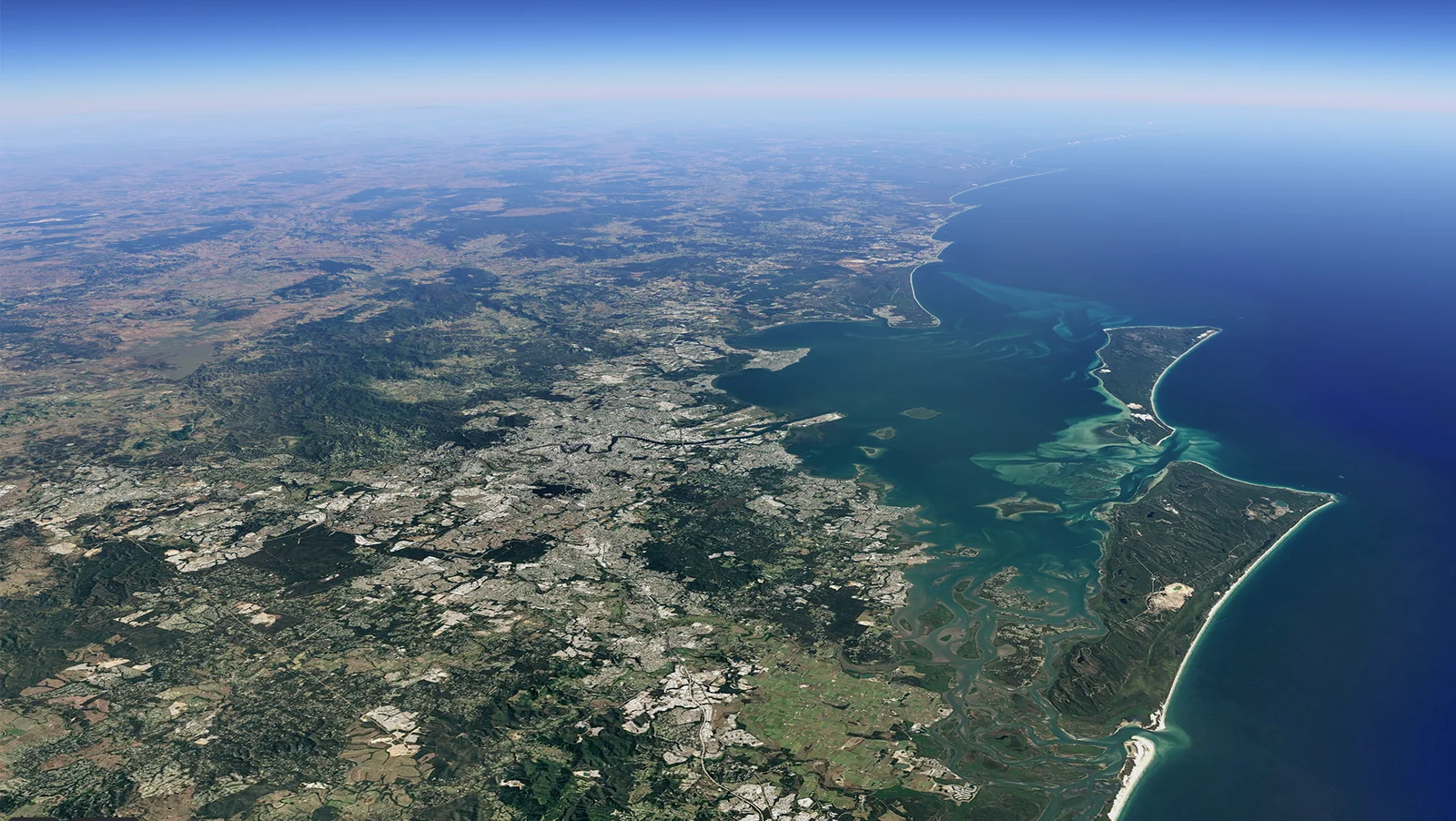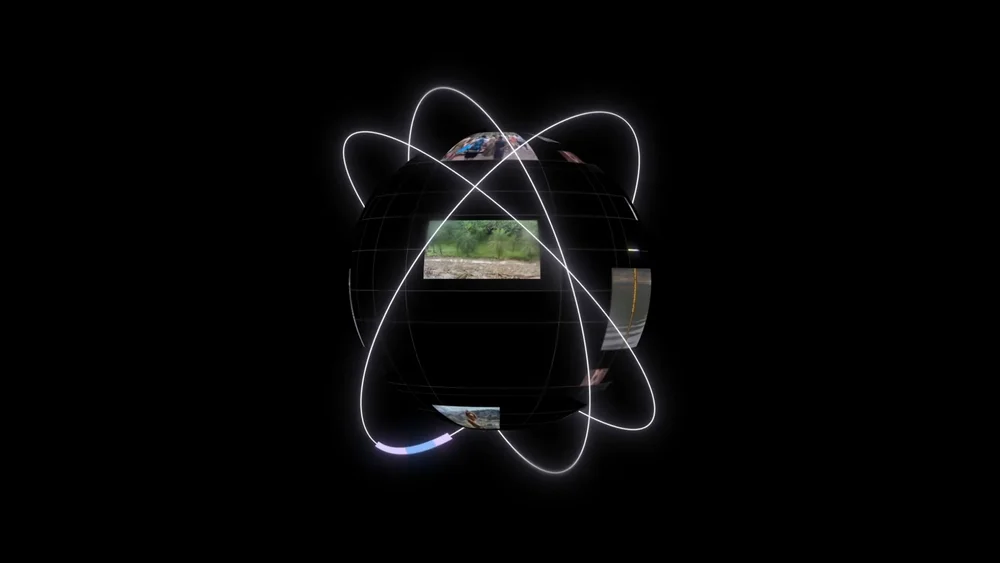Water stewardship
Aiming to replenish more water than we consume and help improve water quality and ecosystem health in the communities where we operate
At Google, we utilize water to help cool our data centers and in our offices around the world. Water is also used throughout our value chain, in the manufacturing of both consumer hardware products and data center equipment.
We work to drive water efficiency and reuse across our global operations. From reducing our potable water use intensity at our San Francisco Bay Area headquarters to exploring ways to incorporate circularity strategies, we’ve worked to drive water efficiency and reuse across our global operations.
Our water stewardship strategy is centered on enhancing responsible water resource management across our data centers and offices, sharing tools and technology that can help address water challenges, and improving watershed health and ecosystems in water-stressed communities. In 2021, we announced our goal to replenish 120% of the freshwater volume we consume, on average, across our offices and data centers by 2030, and help restore and improve the quality of water and health of ecosystems in the communities where we operate.
When it comes to addressing shared water challenges, technology can be a useful tool to bring visibility to these challenges to enable smarter, more informed decision-making. We’re building tools to make water data and technology universally accessible, enabling effective water stewardship and improving the resilience of watersheds and ecosystems.
Our key efforts
Data centers
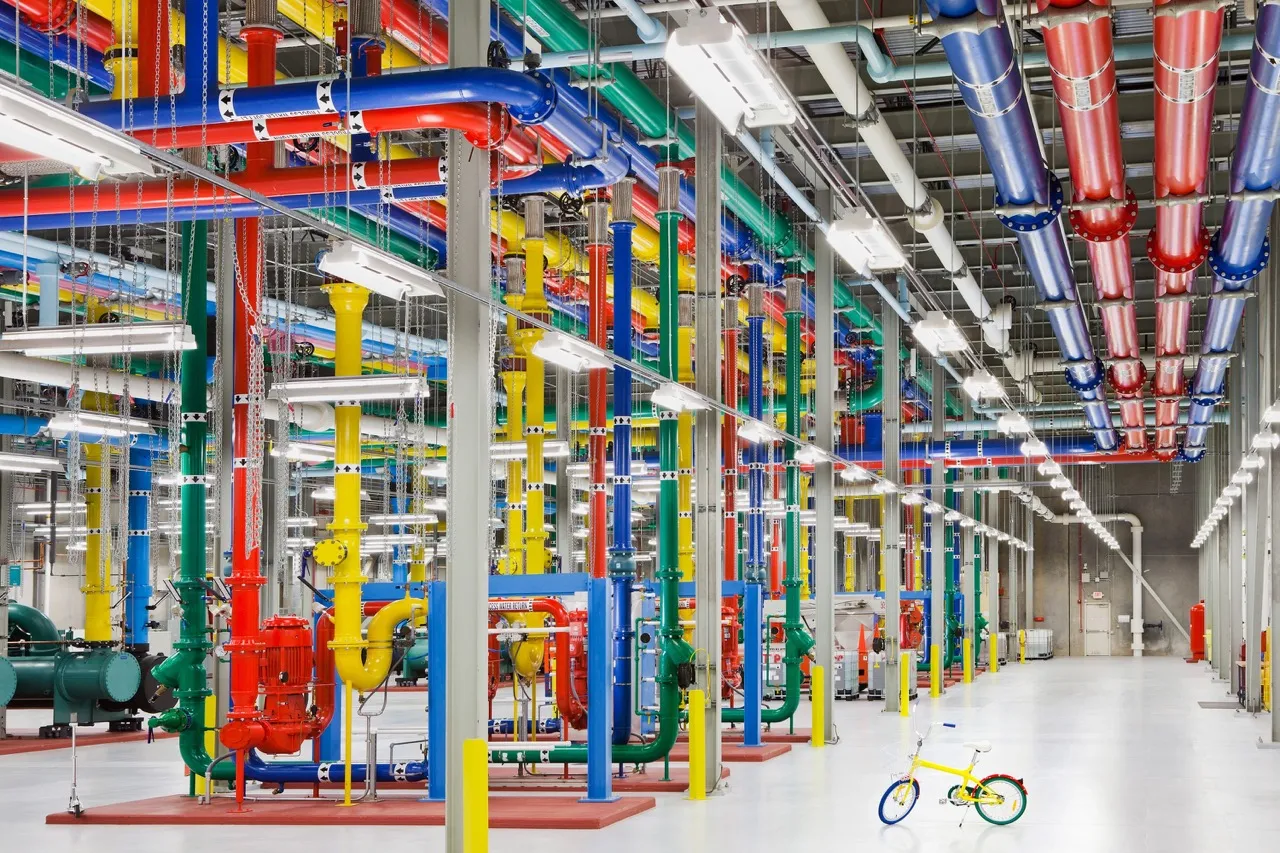
These colorful pipes in our Douglas County, Georgia data center send and receive water for cooling our facility
To minimize the net-climate impact at each of our data center campuses, both today and in the future, we consult with local experts and make regionally appropriate cooling technology decisions that balance the availability of carbon-free energy1 and responsibly sourced water.
In many places, water is the most efficient means of cooling. When used responsibly, water cooling can play an important role in reducing emissions.
In 2023, we shared our water risk framework, which describes our data-driven approach to responsible water use in our Google-owned data centers. Building on our climate-conscious approach to data center cooling, this framework provides an actionable and repeatable process for evaluating local watershed health and water risks across our portfolio, focusing on water scarcity and the risk of a freshwater source being depleted.
At our data centers, we aim to implement technologies and solutions that reduce freshwater consumption when feasible, and utilize alternative sources such as reclaimed wastewater and even seawater. In 2023, 22% of our total data center water withdrawal (excluding seawater) was reclaimed wastewater and other non-potable water, and roughly one-third of our data center campuses used air cooling or non-potable water sources.
For example, at our data center in Douglas County, Georgia, we redirect local sewer water that would otherwise be discharged in the Chattahoochee River and use it to cool our facility. Additionally, at our data center in Eemshaven, the Netherlands, we partnered with the community to bring in industrial canal water to cool our data center, leaving potable water for other uses.
Related resources
Offices
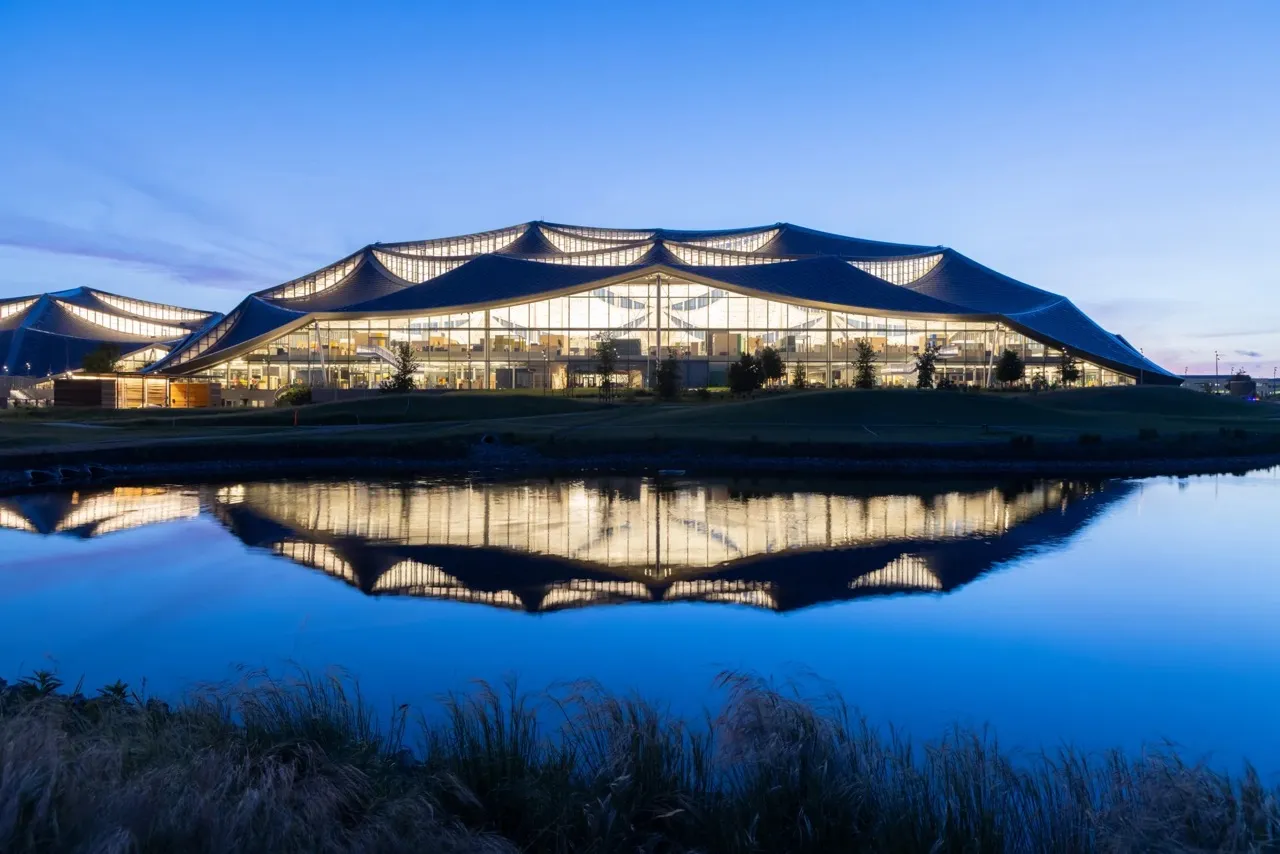
Our Bay View campus at night. Photo by Iwan Baanis
Around the world, our offices use water for a variety of needs from preparing food for workers and sanitation, to irrigating campus landscapes, and keeping our workspaces cool. We take a variety of approaches to manage water responsibly and drive responsible water use in our real estate operations through increased efficiency and by sourcing water from non-potable supplies.
One of the main ways we conserve water in Google workplaces is by adopting sustainability design standards aligned with leading third-party certifications, including the Living Building Challenge (LBC). Our building design requirements for new construction include the incorporation of water-efficient fixtures, such as faucets, toilets, and irrigation systems. For existing buildings, our design standards also include replacing old fixtures with highly efficient ones in any space we move into and installing water meters with automatic leak detection.
Beyond these standards, we drive water stewardship in our workplaces by developing innovative solutions that strive to be replicable and scalable. For example, our new Bay View campus, which opened in 2022, is on track to be the largest development project in the world to achieve Water Petal certification from the LBC, aiming to produce more non-potable water than there is demand for at the site.
Additionally, we advance water stewardship on our campuses by designing landscapes with native plants and drought-tolerant species. We’re also using non-freshwater supplies where available and extending municipal reclaimed source water lines to serve more of our facilities.
Related resources
Did you know?
-
Predictive models estimate that Bay View’s geothermal energy system eliminates about 90% of the water needed for cooling, and the campus treats stormwater and wastewater for reuse in toilet flushing and irrigation.
-
“Water positive” at Bay View means we will produce more non-potable water than we have demand for at the Bay View site.
Supply chain
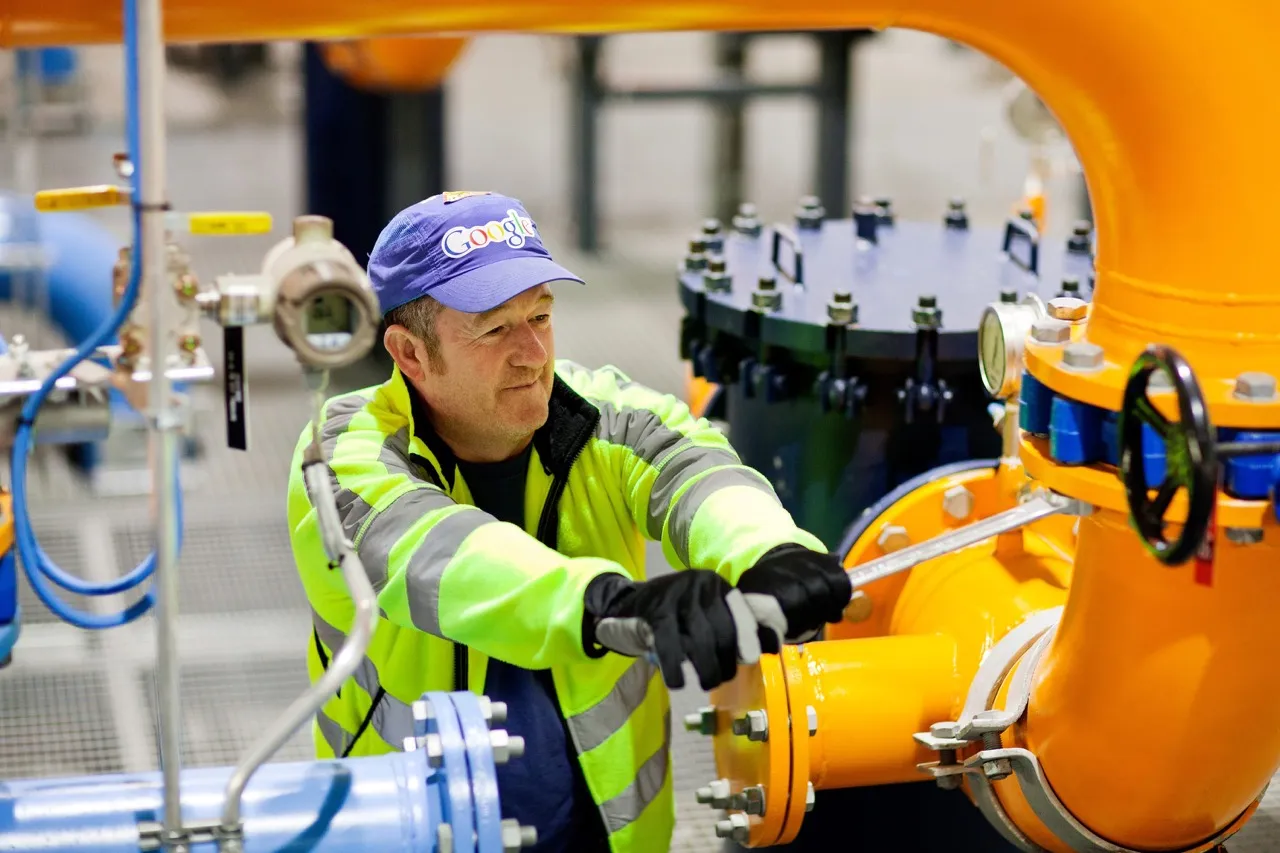
Tightening a valve coupling in our Hamina, Finland data center to ensure we keep seawater from the Gulf of Finland in the appropriate cooling pipes
Addressing water challenges throughout our supply chain requires high-quality water data. That’s why we ask suppliers to disclose water-related data via the CDP supply chain platform.
This reporting includes data on water withdrawal from all sources, the portion of water permanently lost in withdrawal, and water effluents discharged, among other metrics. In 2023, we received a 87% response rate (108 out of 124) from suppliers that we invited to participate in the Water Security survey via the CDP Supply Chain program.
Related resources
Our goal to replenish more water than we consume
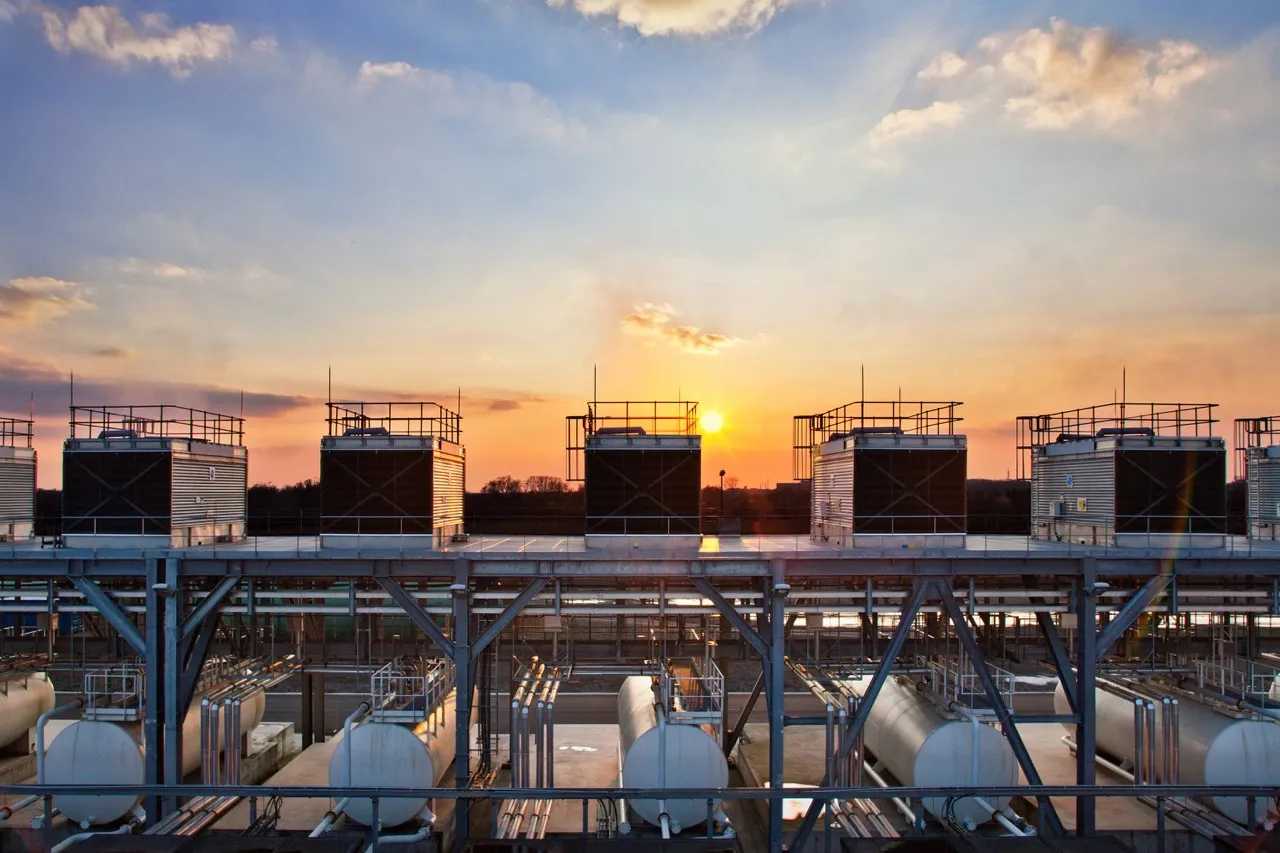
Cooling towers at our data center in St. Ghislain, Belgium
In 2021, we announced our goal to replenish more water than we consume by 2030. We aim to replenish 120% of the freshwater1 volume we consume, on average, across our offices and data centers, and help restore and improve the quality of water and health of ecosystems in the communities where we operate.
This ambition is bold, particularly when considering both the growth of our business and the challenges and complexities of global water stewardship work—understanding the most impactful intervention requires local context related to shared water challenges, and water replenishment is still a maturing community with some limitations to identifying ready-to-implement project opportunities.
We aim to achieve this replenishment target through continued and scaled investments in projects that are located within the watersheds we rely on to provide water to our data centers and offices. We work with external partners to implement these projects, which deliver both volumetric water benefits and improve other locally relevant aspects of watershed health, such as water quality, community water access, and biodiversity.
While we still have a long way to go to meet our 2030 target, we’re proud of our progress this year—replenishing 18% of our 2023 freshwater consumption.
Tracking our progress
Target
Replenish 120% of the freshwater volume we consume, on average, across our offices and data centers by 2030.
Target year
2030
Status
2023
As of the end of 2023, our contracted watershed projects have replenished an estimated 1 billion gallons2 of water, or 18% of our 2023 freshwater3 consumption.
Related resources
Did you know?
-
Once fully implemented, we estimate our 74 projects will have the capacity to replenish more than 2.8 billion gallons of water annually.2
-
As of the end of 2023, the 74 water stewardship projects we’ve supported span 46 watersheds. In 2023 alone, we added 36 new watershed projects across Chile, Japan, India, the United States, and more.
Quantifying and visualizing surface water changes
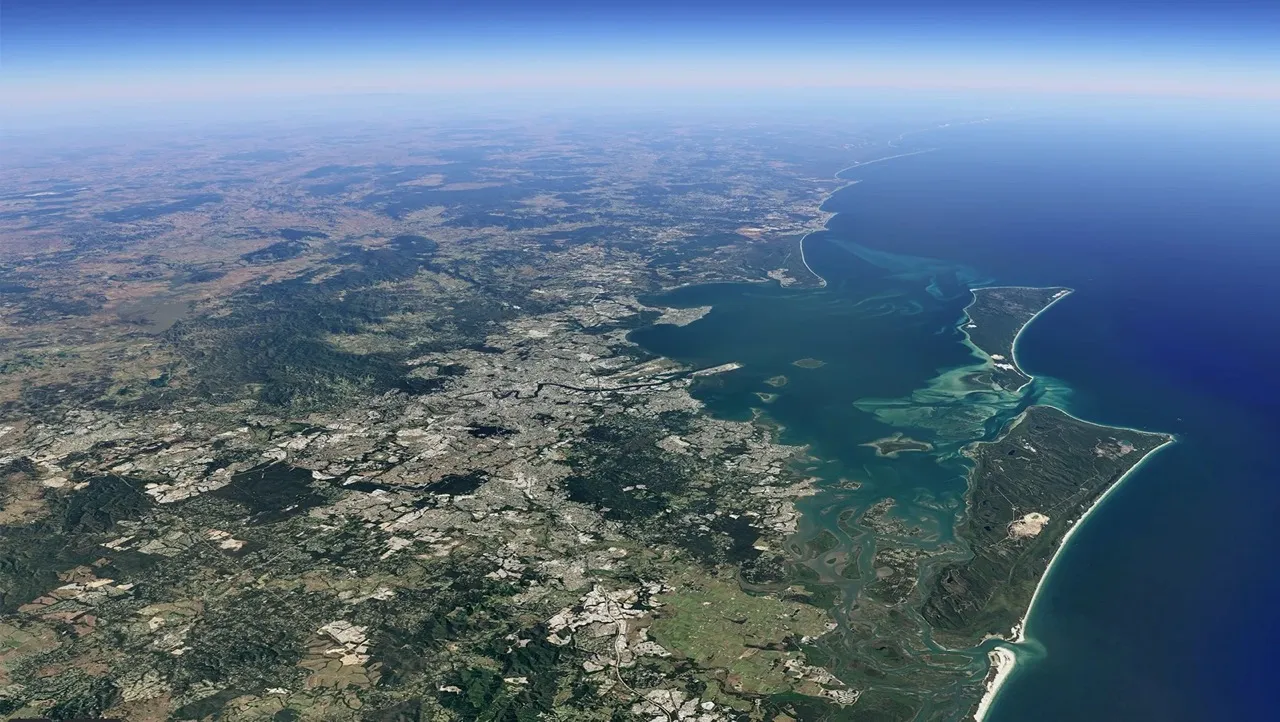
Led by our Google Earth Outreach team, we’re supporting efforts to scale models and solutions that make water resource information visible and actionable. At the individual level, Google is working to provide people around the world with information and tools to manage water resources effectively and enhance water-related disaster preparedness.
Following the launch of the Sustainable Development Goals (SDGs), the United Nations Environment Programme (UNEP) requested that all 193 member states provide indicator 6.6.1 data on their water ecosystems. At that time, the majority of member states could not report on this metric. To fill this gap, UNEP and the European Commission’s Joint Research Centre (JRC) partnered with Google to develop the Freshwater Ecosystems Explorer to quantify and visualize surface water changes over the course of decades. This free, easy-to-use geospatial platform and data product helps decision-makers access national, sub-national, and basin-level data on freshwater ecosystems.
Together with academic and government research groups, Google also co-developed OpenET to help improve water management by supporting the development of evapotranspiration (ET) models. These models provide estimates of how much water is transferred from the land to the atmosphere, a crucial but difficult-to-measure process within the overall hydrological cycle. OpenET is making satellite-based ET data widely accessible to farmers, landowners, and water managers.
Timelapse in Google Earth is a global, zoomable time-lapse video of the planet, providing evidence of earth’s dynamic changes since 1984—from irrigation systems emerging in the deserts of Egypt to meandering rivers shifting over time in the Amazon rainforest in Pucallpa, Peru.
Related resources
Did you know?
-
Timelapse in Google Earth is now updated with new imagery from 2021 and 2022. You can also view a library of over 800 Timelapse videos for more than 300 locations at g.co/TimelapseVideos.
-
By 2025, two-thirds of the world’s population could live in water-stressed conditions, and with the existing climate change scenario, almost half the world’s population will be living in areas of high water stress by 2030.
Predicting and preventing water stress
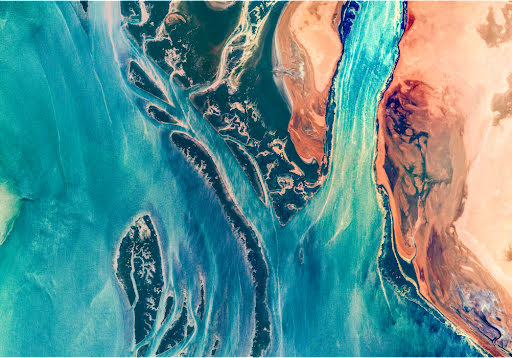
Image provided by CNES / Airbus, Maxar Technologies
The Google Flood Forecasting Initiative, launched in 2018, uses AI to predict when and where riverine flooding will occur—to help keep people safe and informed. These breakthroughs are a result of innovative modeling approaches that utilize machine learning to create scalable models in real-world settings.
In addition to flood alerts in certain countries, our Flood Hub platform displays the flood forecasts to help governments, aid organizations and communities at risk take timely action.
We apply advanced machine learning methods on a broad range of publicly available data sets, such as satellite imagery, river data and weather data. These data sets help to generate high quality flood forecasts with two models, a hydrologic model and inundation model, that can predict when rivers will overflow and the exact locations where riverine flooding will take place, up to seven days in advance. These actionable early warning systems help to save both lives and livelihoods.
In 2023, Flood Hub displayed forecasts for over 80 countries on five continents, including some of the territories with the highest percentages of population exposed to flood risk—covering more than 460 million people globally.1 In late 2023, we announced the expansion of riverine flood forecasts on Flood Hub to the United States and Canada, covering more than 800 locations by rivers where more than 12 million people live.
Related resources
Did you know?
-
Annually, floods cause tens of thousands of fatalities worldwide, disrupt the lives of millions and cause financial damages in the billions.
Grants to promising water stewardship solutions
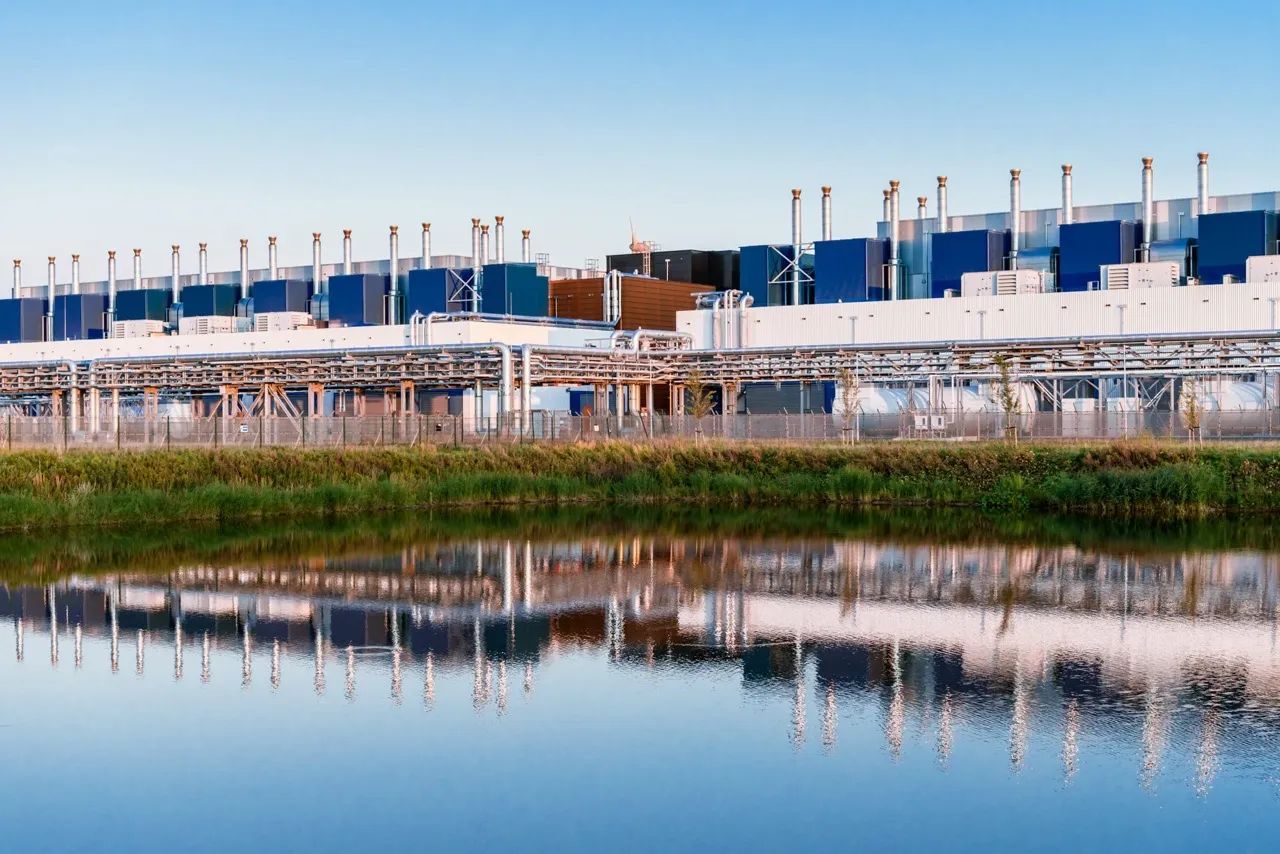
Outside of our Eemshaven, Netherlands data center
In addition to the work that our Google Earth Outreach team is spearheading, Google.org has also awarded millions of dollars in grants to promising water stewardship solutions, including:
- BlueConduit, to develop publicly accessible tools to quantify and map hazardous lead service lines for vulnerable communities, a critical first step to replacing unsafe water infrastructure.
- Global Water Watch, which aims to democratize information on water resources. This information will empower policymakers, conservation organizations, and communities to better manage water resources collectively.
Related resources
Report
Google Water Stewardship: Accelerating positive change at Google, and beyond
This paper describes our water stewardship work to date and our ambitions for the future—both at Google and beyond. We’re focusing on three areas: enhancing our stewardship of water resources across Google office campuses and data centers; replenishing our water use and improving watershed health and ecosystems in water-stressed communities; and sharing technology and tools that help everyone predict, prevent and recover from water stress.
September 2021







